Home>Furniture & Design>Outdoor Furniture>How To Frame An Outdoor Kitchen
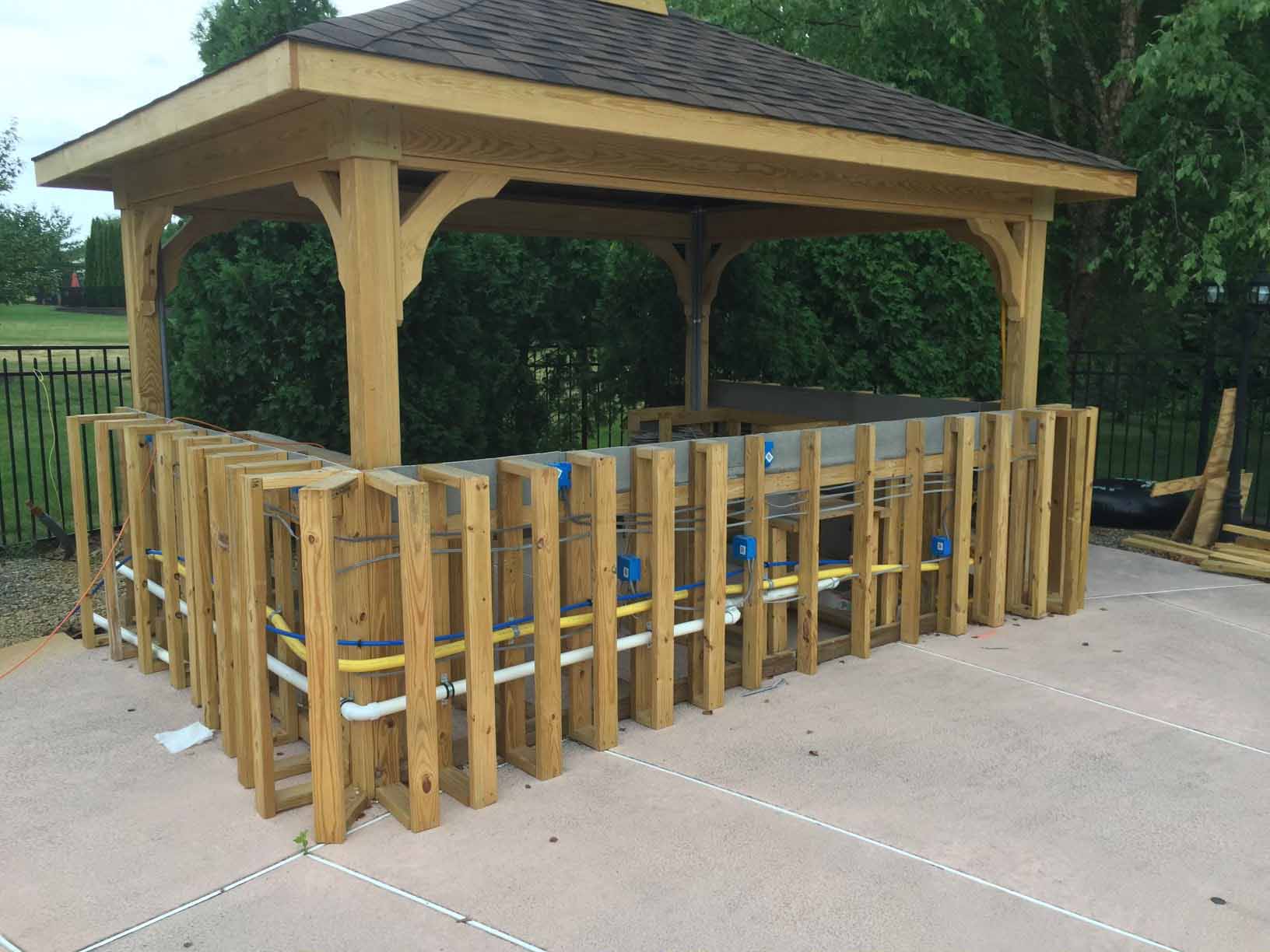

Outdoor Furniture
How To Frame An Outdoor Kitchen
Published: January 15, 2024
Learn how to frame and design your outdoor kitchen with our expert tips and ideas. Create a functional and stylish outdoor space with the best outdoor furniture and design solutions.
(Many of the links in this article redirect to a specific reviewed product. Your purchase of these products through affiliate links helps to generate commission for Storables.com, at no extra cost. Learn more)
Introduction
Welcome to the world of outdoor living, where the boundaries between indoor and outdoor spaces blur, and the fresh air becomes an extension of your home. One of the most exciting elements of outdoor living is the outdoor kitchen. Imagine the sizzle of the grill, the aroma of delicious food, and the laughter of friends and family as you gather around a beautifully designed and expertly crafted outdoor kitchen. In this guide, we'll explore the art of framing an outdoor kitchen, from planning and location selection to material choices and construction. By the end, you'll have the knowledge and inspiration to create a stunning outdoor kitchen frame that will serve as the foundation for countless memorable gatherings and culinary adventures. So, let's roll up our sleeves and dive into the world of outdoor kitchen framing!
Key Takeaways:
- Planning is crucial for a successful outdoor kitchen. Consider functionality, aesthetics, climate, flow, and budget to guide location, layout, material, and frame construction decisions.
- Building an outdoor kitchen frame requires attention to detail, precision, and safety. Carefully prepare the site, select materials, and construct the frame to create a visually stunning and structurally sound space.
Read more: How To Frame An Outdoor Kitchen Island
Planning Your Outdoor Kitchen
Before diving into the construction of an outdoor kitchen frame, it’s crucial to engage in thorough planning. Start by envisioning how you intend to use the space. Will it primarily serve as a cooking area, a gathering spot, or both? Consider the appliances and amenities you’d like to incorporate, such as a grill, sink, refrigerator, and storage. Additionally, think about the overall aesthetic you wish to achieve. Are you drawn to a rustic, Mediterranean-inspired design, or do you prefer a modern, sleek appearance?
Furthermore, take into account the climate in your area. If you experience extreme temperatures or frequent precipitation, you’ll need to select materials that can withstand these conditions. Additionally, consider the orientation of the sun and prevailing winds to optimize comfort and functionality.
As you plan, keep in mind the flow of the space. Ensure that there’s ample room for movement and that the layout fosters interaction among those using the outdoor kitchen. Whether you’re hosting a casual get-together or a formal dinner party, the thoughtful design will contribute to a seamless and enjoyable experience for you and your guests.
Finally, establish a budget for your project. By determining your financial parameters early on, you can make informed decisions about the scope and features of your outdoor kitchen. While it’s essential to create a space that aligns with your vision, it’s equally important to do so within your means.
By devoting time to comprehensive planning, you’ll set the stage for a successful outdoor kitchen project. Your careful consideration of functionality, aesthetics, climate, flow, and budget will guide the subsequent steps of location selection, layout design, material selection, and frame construction.
Choosing the Right Location
When it comes to an outdoor kitchen, the location is paramount. The chosen spot will not only influence the ambiance of the space but also impact its functionality and ease of use. As you evaluate potential locations, consider proximity to your indoor kitchen, prevailing wind patterns, and the existing landscaping and hardscaping in your outdoor area.
Proximity to the indoor kitchen is advantageous for several reasons. It simplifies the logistics of transporting food and supplies to and from the outdoor kitchen, and it encourages seamless indoor-outdoor entertaining. Additionally, being close to the indoor kitchen facilitates access to utilities such as water and electricity, streamlining the installation process for sinks, refrigerators, and other amenities.
Wind patterns play a crucial role in outdoor comfort. Position the outdoor kitchen so that prevailing winds do not channel smoke or create discomfort for those using the space. Additionally, consider the orientation of the sun to ensure that the location provides adequate shade during the hottest parts of the day, enhancing the overall comfort of the outdoor kitchen.
Furthermore, take stock of the existing landscaping and hardscaping features in your outdoor area. The location of trees, shrubs, and structures can impact the microclimate of the space, influencing factors such as temperature and privacy. By strategically situating the outdoor kitchen, you can leverage these existing elements to create a harmonious and inviting environment.
Ultimately, the right location for your outdoor kitchen will offer a seamless connection to the indoors, shield users from unfavorable wind patterns and excessive sun, and harmonize with the existing outdoor environment. By carefully considering these factors, you’ll lay the groundwork for an outdoor kitchen that is both functional and aesthetically pleasing.
Designing the Layout
Once you’ve selected the ideal location for your outdoor kitchen, it’s time to delve into the intricacies of designing the layout. The layout encompasses the arrangement of key elements such as the cooking area, preparation space, dining or seating areas, and any additional features you wish to incorporate.
Begin by envisioning the flow of activity within the space. The layout should facilitate a seamless and intuitive progression from food preparation to cooking and serving. Consider the “kitchen work triangle,” a concept commonly applied in indoor kitchen design, which emphasizes an efficient relationship between the cooktop, sink, and refrigerator. Adapting this principle to your outdoor kitchen will optimize functionality and convenience.
Next, contemplate the integration of complementary features. If you envision an outdoor bar or serving counter, ensure that it is positioned to encourage social interaction and accommodate the flow of traffic. Additionally, if you plan to incorporate a dining area, position it in a way that promotes comfort and conversation, taking advantage of any scenic views or focal points in your outdoor space.
Furthermore, factor in the placement of utilities and amenities. Strategically position the sink, refrigerator, and any other appliances to streamline the workflow and enhance convenience. Ensure that access to utilities such as water and electricity is feasible, considering the location of existing connections and the potential need for additional infrastructure.
As you design the layout, pay attention to the overall aesthetic and atmosphere you wish to create. The layout should harmonize with the architectural style of your home and the surrounding landscape, fostering a cohesive and inviting outdoor environment. Whether you prefer a sleek, contemporary design or a more rustic and organic feel, the layout will play a pivotal role in realizing your vision.
By thoughtfully designing the layout of your outdoor kitchen, you’ll establish a framework for a space that is not only functional and efficient but also aesthetically pleasing and conducive to socializing and relaxation.
When framing an outdoor kitchen, use pressure-treated lumber to resist moisture and insects. Ensure the frame is level and sturdy to support the weight of appliances and countertops.
Selecting Materials for the Frame
Choosing the right materials for the frame of your outdoor kitchen is a critical step that will influence the durability, appearance, and overall quality of the space. When selecting materials, it’s essential to prioritize factors such as weather resistance, structural integrity, and aesthetic appeal.
One of the primary considerations is the frame’s structural support. For a sturdy and long-lasting foundation, materials such as galvanized steel, aluminum, or pressure-treated wood are commonly used. These materials offer resilience against the elements and provide the necessary support for countertops, appliances, and other components of the outdoor kitchen.
In addition to structural support, the aesthetic aspect of the frame is of significant importance. The choice of materials should align with the overall design theme and complement the surrounding environment. For a modern and streamlined look, stainless steel and concrete are popular options. If you prefer a more natural and rustic appearance, consider using wood or stone for the frame.
Furthermore, consider the maintenance requirements of the materials. Outdoor kitchens are exposed to varying weather conditions, so selecting materials that are easy to clean and maintain is advantageous. Additionally, ensure that the chosen materials are resistant to corrosion, rot, and insect damage, especially if your area experiences high humidity or inclement weather.
Another factor to contemplate is the integration of the frame with other features of the outdoor kitchen, such as countertops, backsplashes, and decorative elements. Coordinating the materials of the frame with these components will contribute to a cohesive and harmonious design, elevating the overall aesthetic appeal of the space.
Ultimately, the selection of materials for the frame of your outdoor kitchen should prioritize durability, weather resistance, aesthetic compatibility, and ease of maintenance. By thoughtfully considering these factors, you’ll lay the foundation for a frame that not only supports the functional aspects of the outdoor kitchen but also enhances its visual appeal and longevity.
Building the Frame
With careful planning and material selection complete, it’s time to embark on the exciting phase of building the frame for your outdoor kitchen. Whether you’re working with a professional contractor or tackling the project as a DIY enthusiast, the construction of the frame requires attention to detail, precision, and adherence to safety guidelines.
Begin by preparing the site and ensuring that the chosen location is level and stable. This foundational step is essential for the structural integrity of the frame and the subsequent installation of countertops, appliances, and decorative elements. If necessary, make any adjustments to the ground to create a solid and even base for the frame.
Next, assemble the materials and tools required for the construction process. Depending on the chosen materials for the frame, this may involve cutting and shaping metal supports, assembling wooden frames, or pouring and curing concrete elements. Follow the manufacturer’s guidelines and best practices for working with the selected materials, ensuring that all components are securely fastened and aligned.
As you build the frame, pay close attention to the placement of utilities and provisions for electrical and plumbing connections. If your outdoor kitchen includes a sink, refrigerator, or other appliances requiring water and electricity, ensure that the frame accommodates these features and allows for easy access to utility connections.
If you’re incorporating a countertop or bar area into the frame, take precise measurements and ensure that the support structure can adequately bear the weight of these elements. Additionally, consider the integration of features such as storage compartments, shelving, and decorative accents, ensuring that the frame provides the necessary support and functionality for these components.
Throughout the construction process, prioritize safety measures and quality craftsmanship. If you’re working with a contractor, communicate openly and regularly to ensure that the construction aligns with your vision and expectations. If you’re undertaking the project independently, seek guidance from reputable sources and take the time to familiarize yourself with best practices for outdoor construction.
By approaching the construction of the frame with meticulous attention to detail and a commitment to quality, you’ll lay the groundwork for an outdoor kitchen that is not only visually stunning but also structurally sound and built to withstand the rigors of outdoor use.
Conclusion
Congratulations! You’ve embarked on a journey to frame your outdoor kitchen, a space that will undoubtedly become the heart of your outdoor living experience. Through careful planning, thoughtful material selection, and meticulous construction, you’ve set the stage for a culinary oasis that combines functionality, beauty, and the joy of al fresco dining and entertaining.
As you reflect on the process of framing your outdoor kitchen, consider the countless memories and experiences that await in this inviting and well-crafted space. Picture the sizzle of the grill as you prepare delectable meals for family and friends, the laughter and conversation that will fill the air, and the sense of relaxation and connection that outdoor living uniquely provides.
Moreover, the outdoor kitchen frame you’ve built serves as a testament to your vision, creativity, and dedication to enhancing your outdoor lifestyle. It’s a reflection of your desire to create a space that seamlessly integrates with nature, elevates your home’s aesthetic appeal, and enriches your everyday life with the pleasures of outdoor living.
As you move forward, adding finishing touches, selecting appliances, and personalizing the space to suit your preferences, take pride in the foundation you’ve established. Your outdoor kitchen frame is not merely a structure; it’s a canvas for culinary artistry, a stage for shared moments, and a testament to the power of thoughtful design and craftsmanship.
With the frame in place, you’re now poised to bring your outdoor kitchen to life, infusing it with your unique style, culinary flair, and welcoming spirit. Whether you’re a seasoned outdoor cooking enthusiast or embarking on this adventure for the first time, the outdoor kitchen you’ve framed will undoubtedly become a cherished and indispensable part of your home.
So, as you prepare to step into this new chapter of outdoor living, take a moment to appreciate the journey you’ve undertaken, the knowledge you’ve gained, and the exciting possibilities that lie ahead. Your outdoor kitchen frame is not just a structure; it’s an invitation to embrace the beauty of outdoor living and create enduring memories in a space that embodies your vision and passion.
Frequently Asked Questions about How To Frame An Outdoor Kitchen
Was this page helpful?
At Storables.com, we guarantee accurate and reliable information. Our content, validated by Expert Board Contributors, is crafted following stringent Editorial Policies. We're committed to providing you with well-researched, expert-backed insights for all your informational needs.
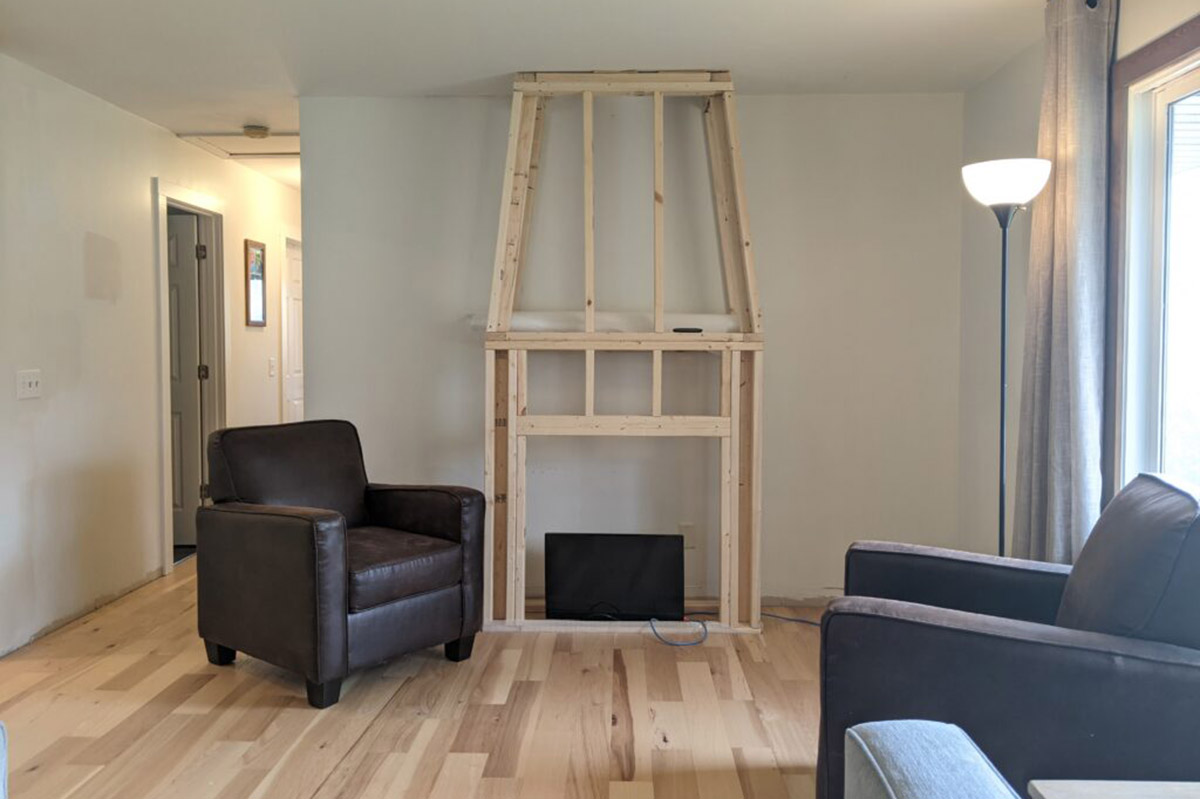

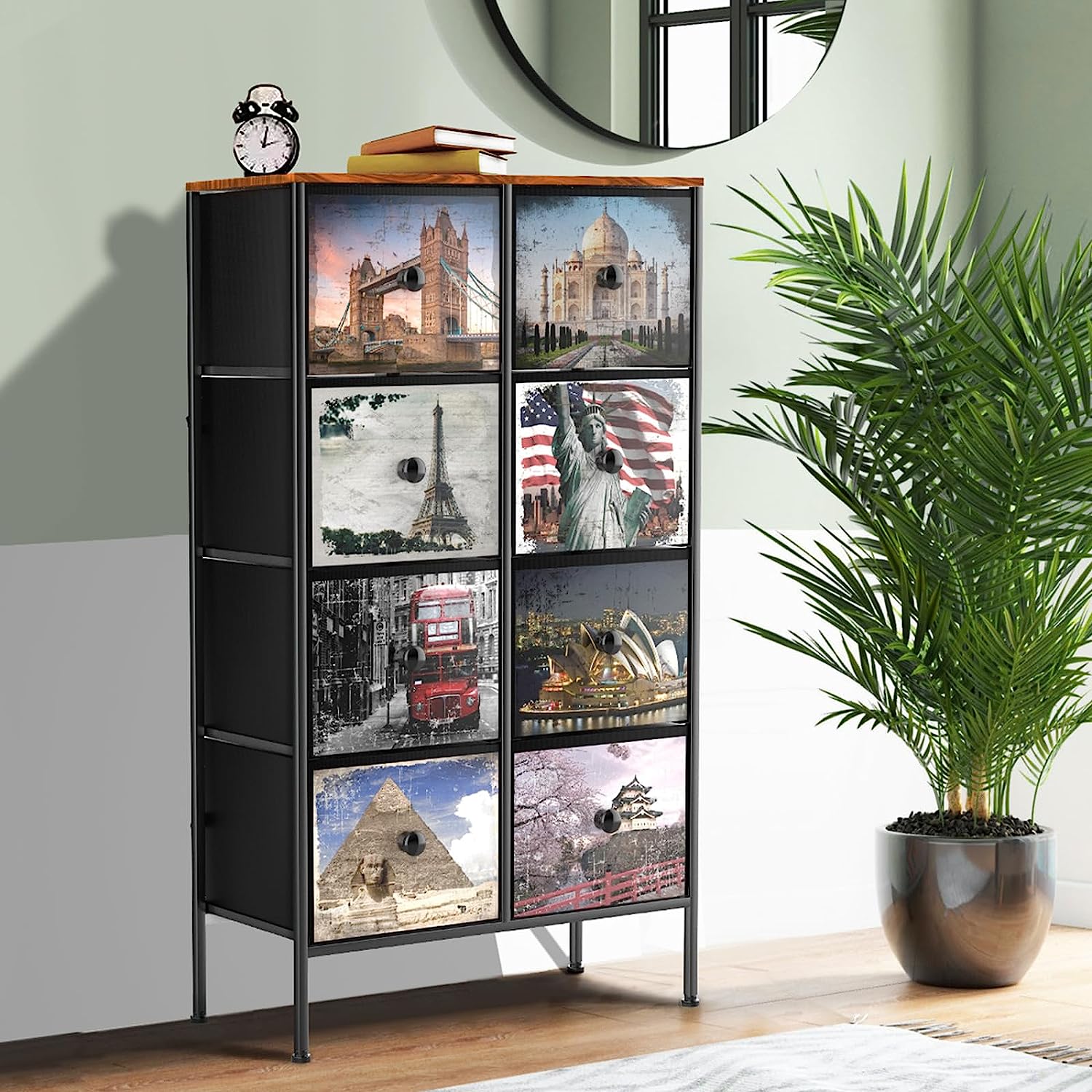
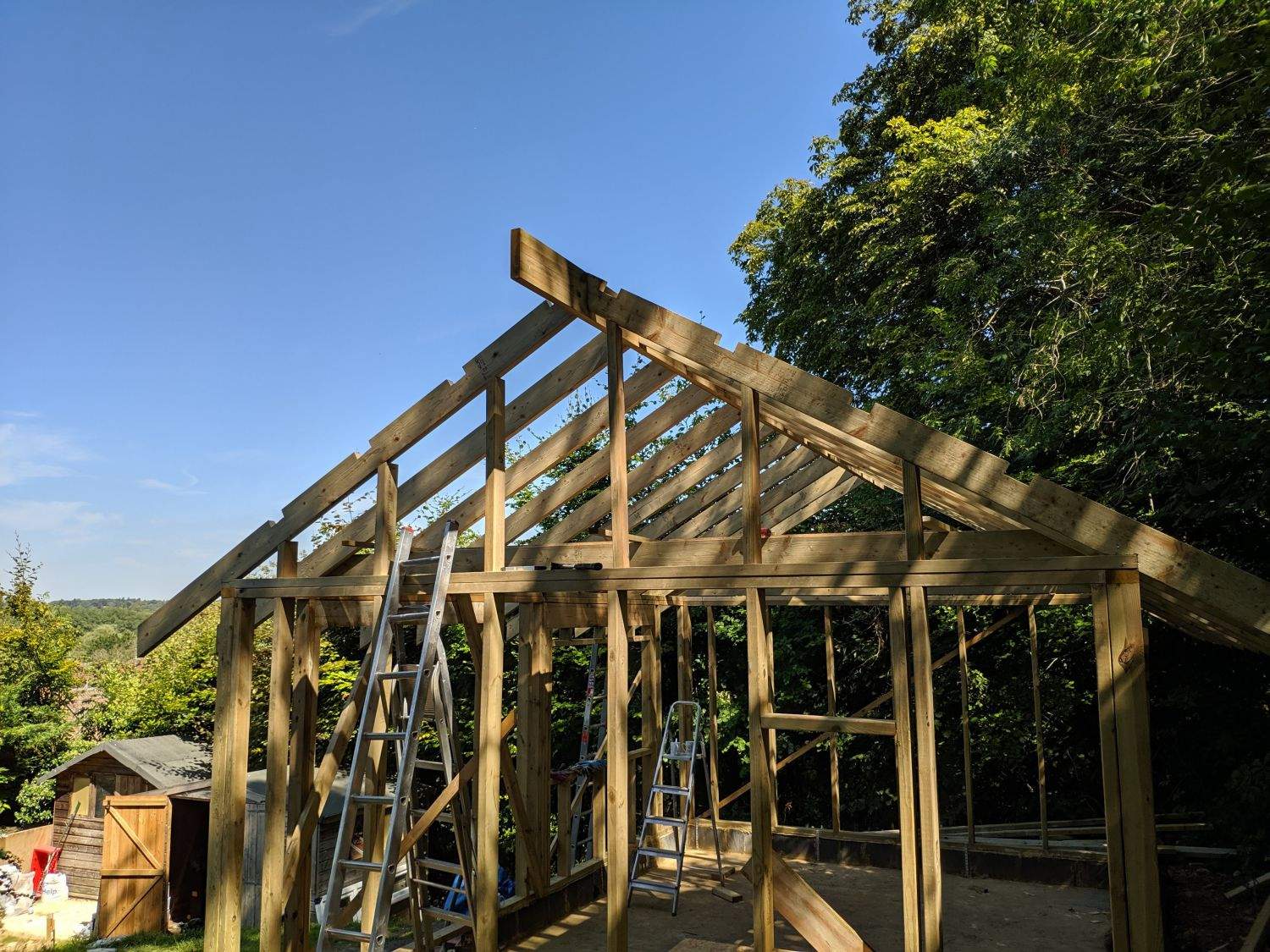
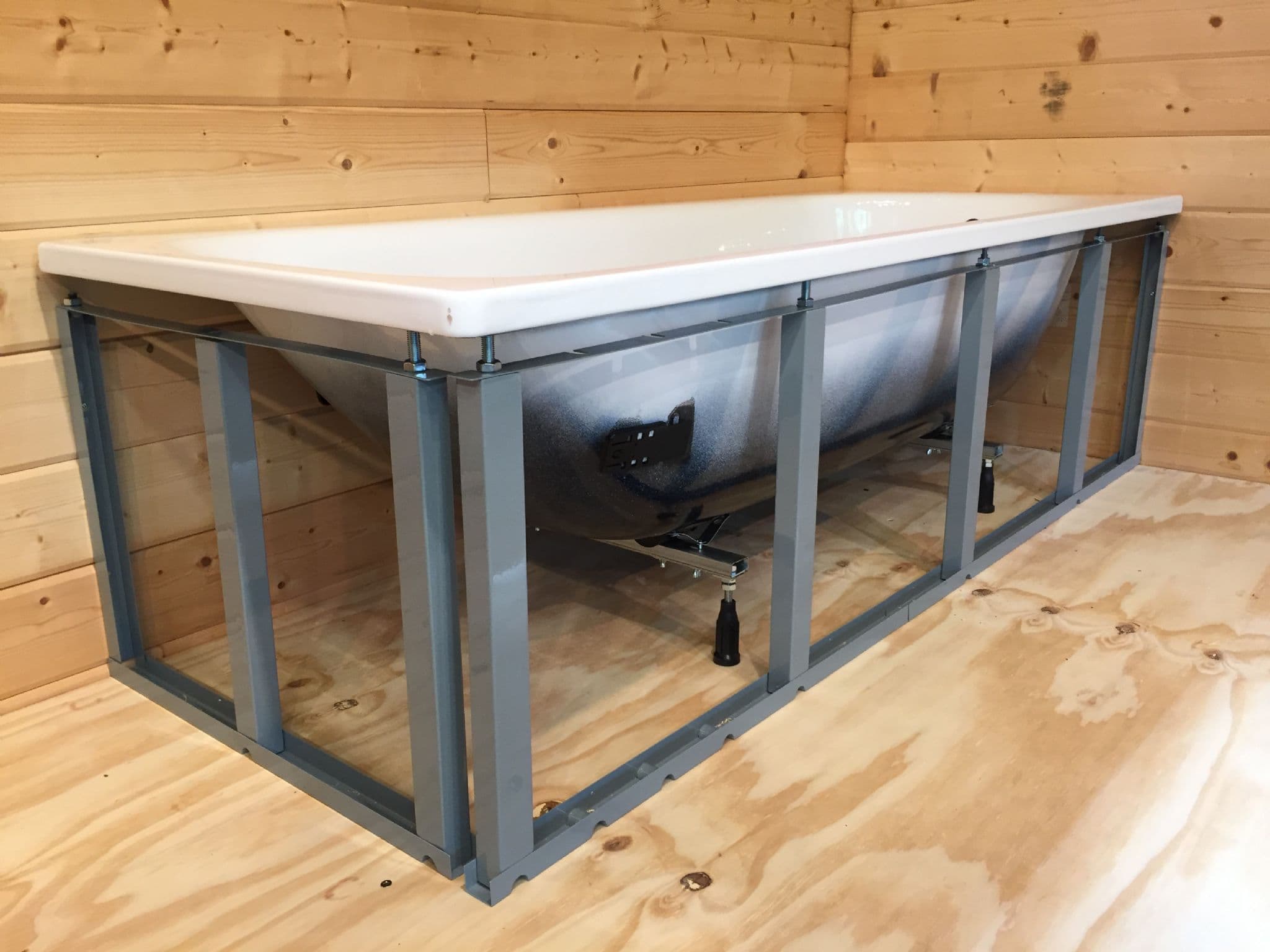
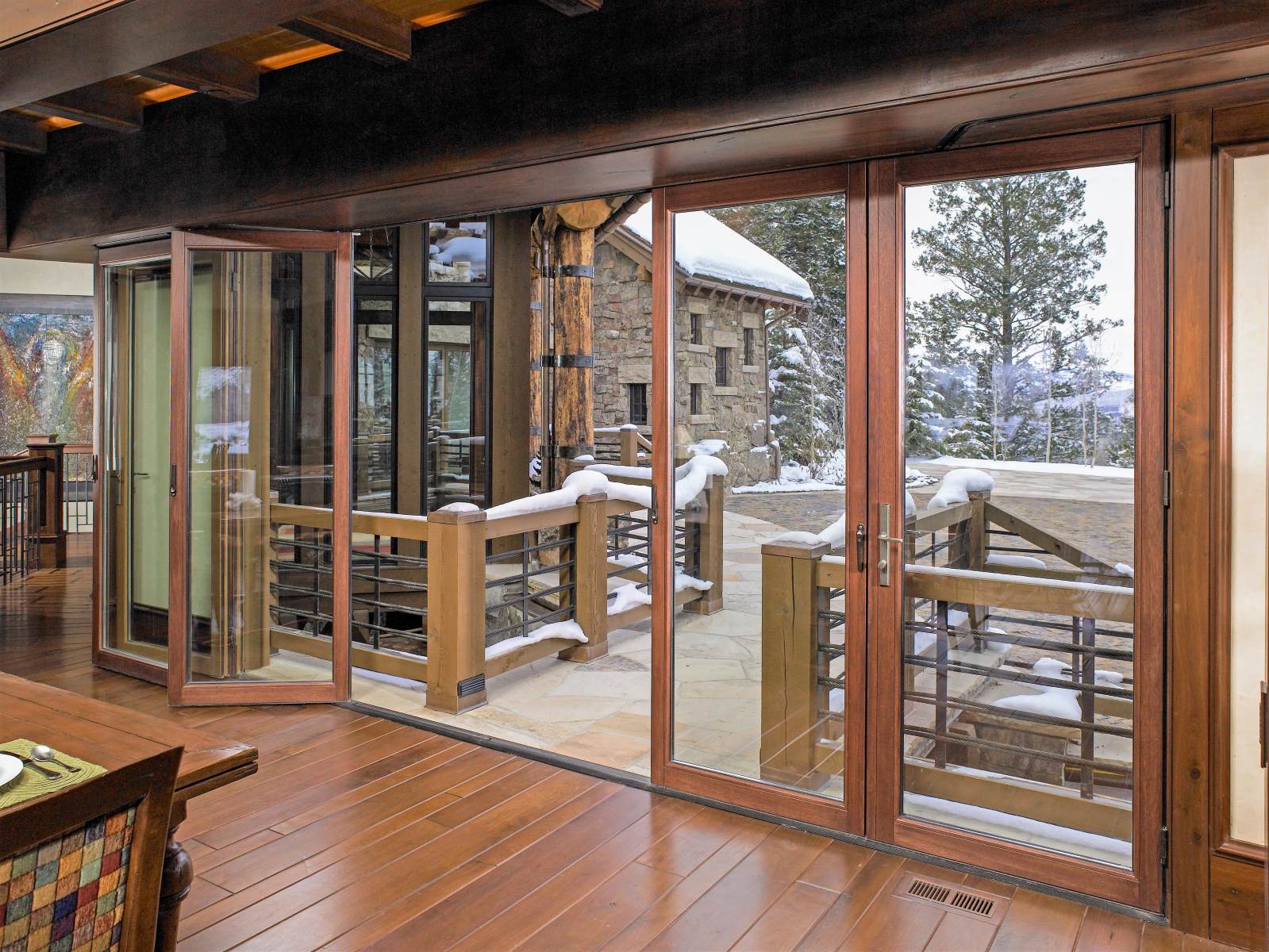
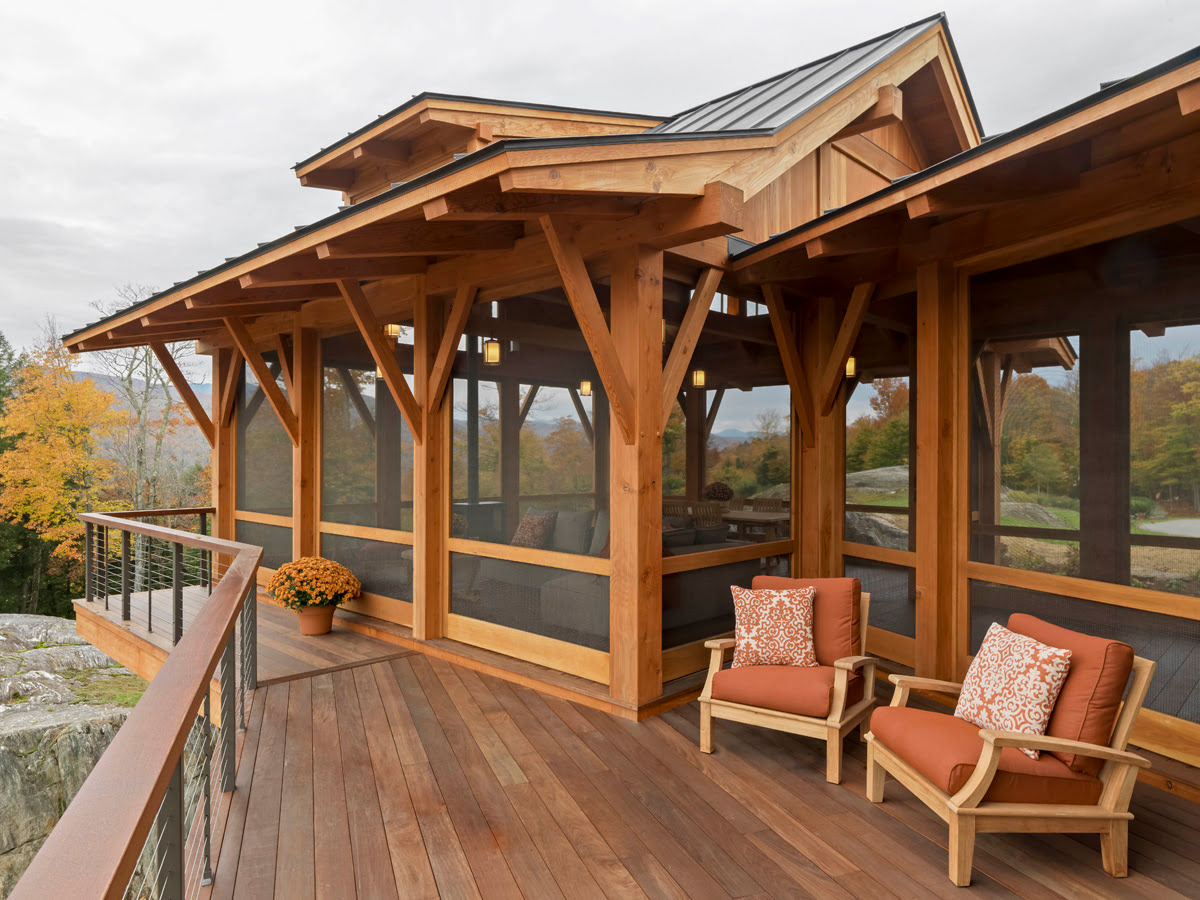
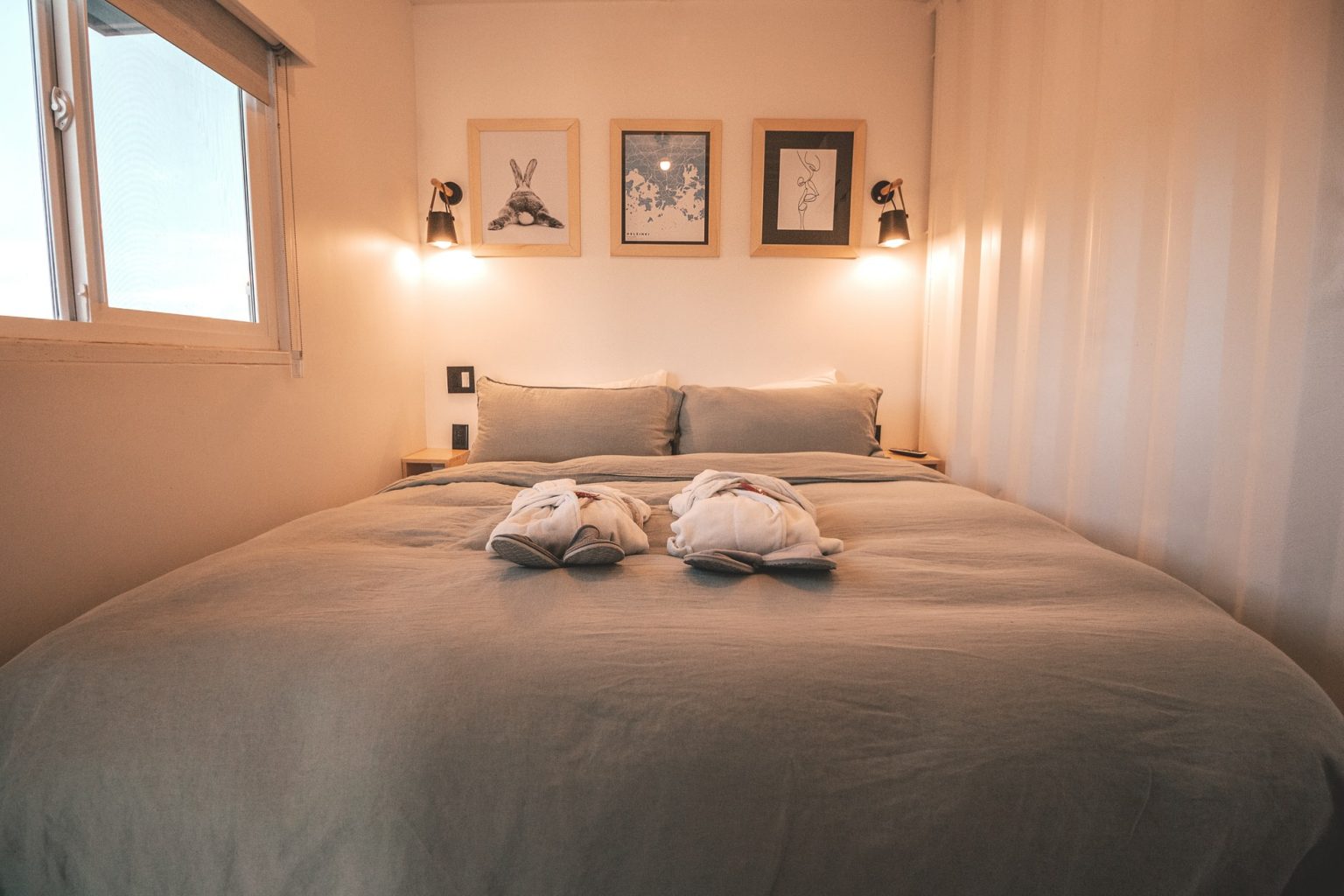
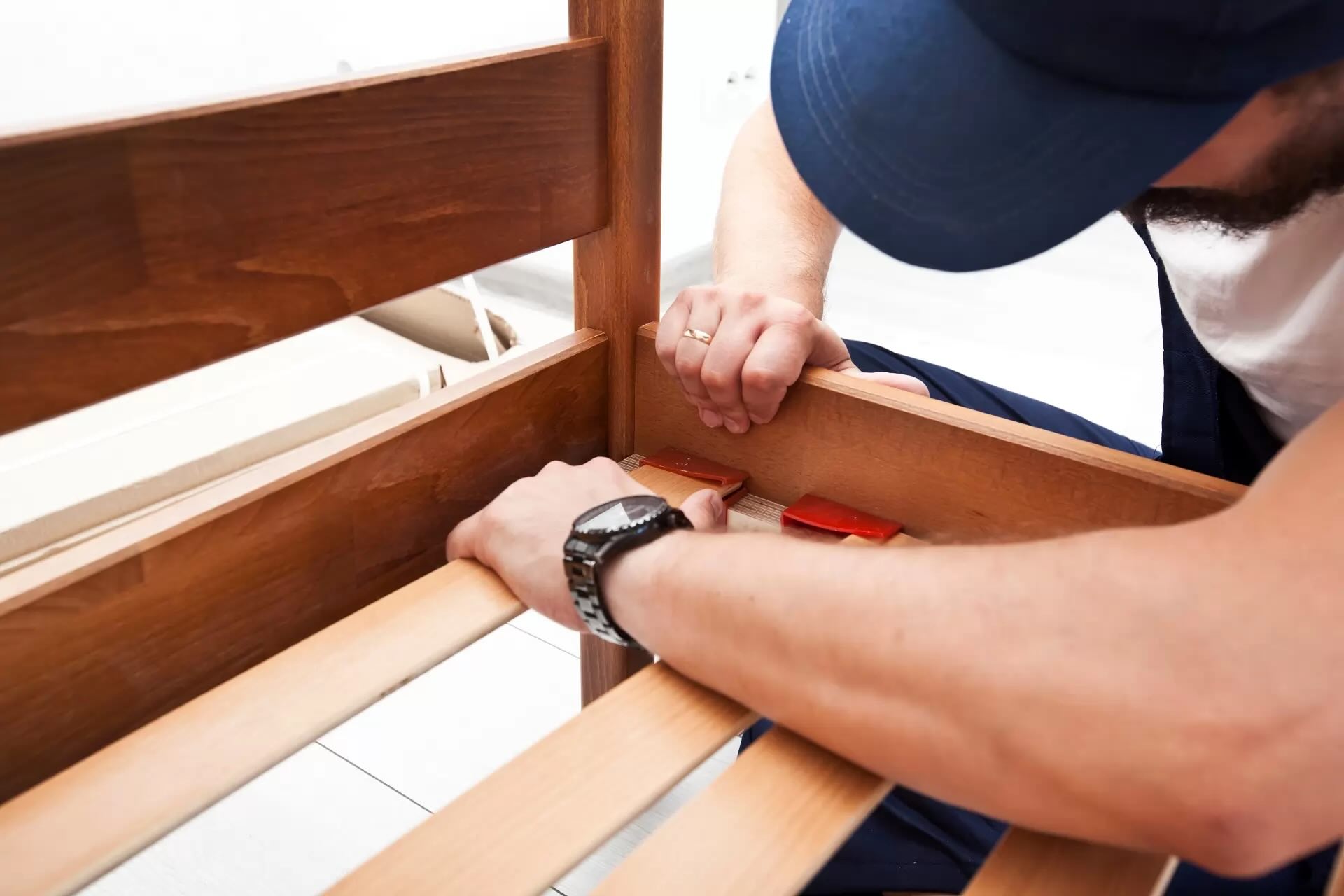
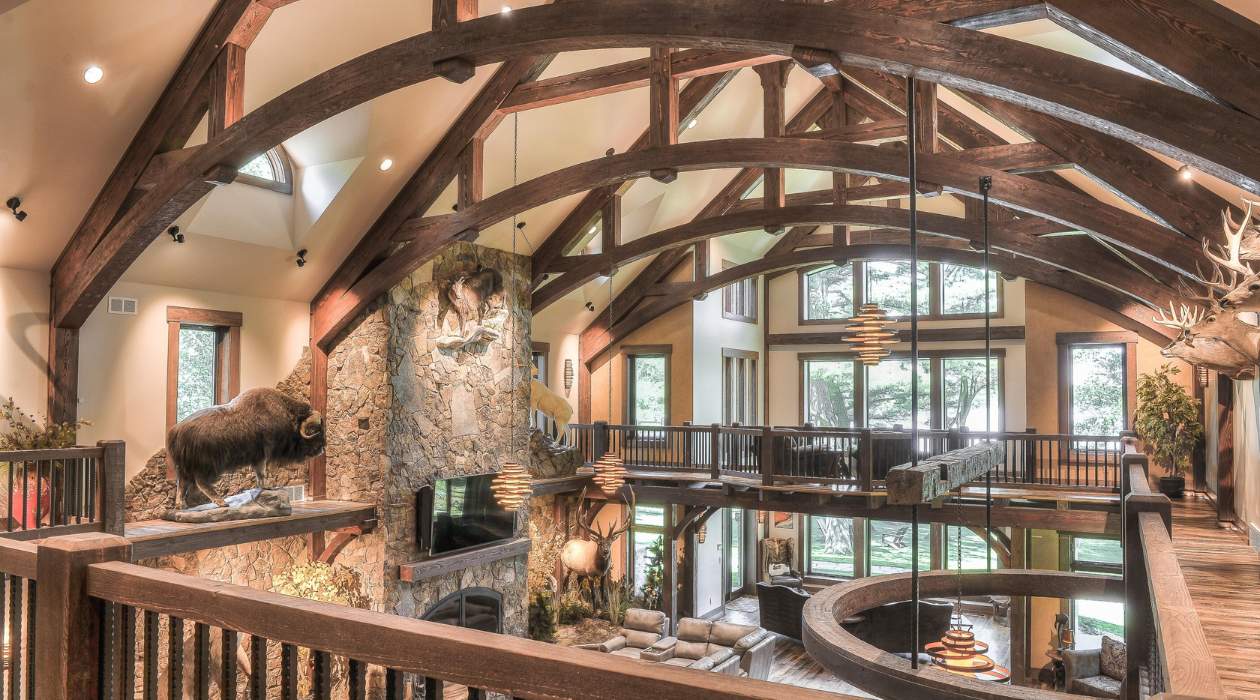
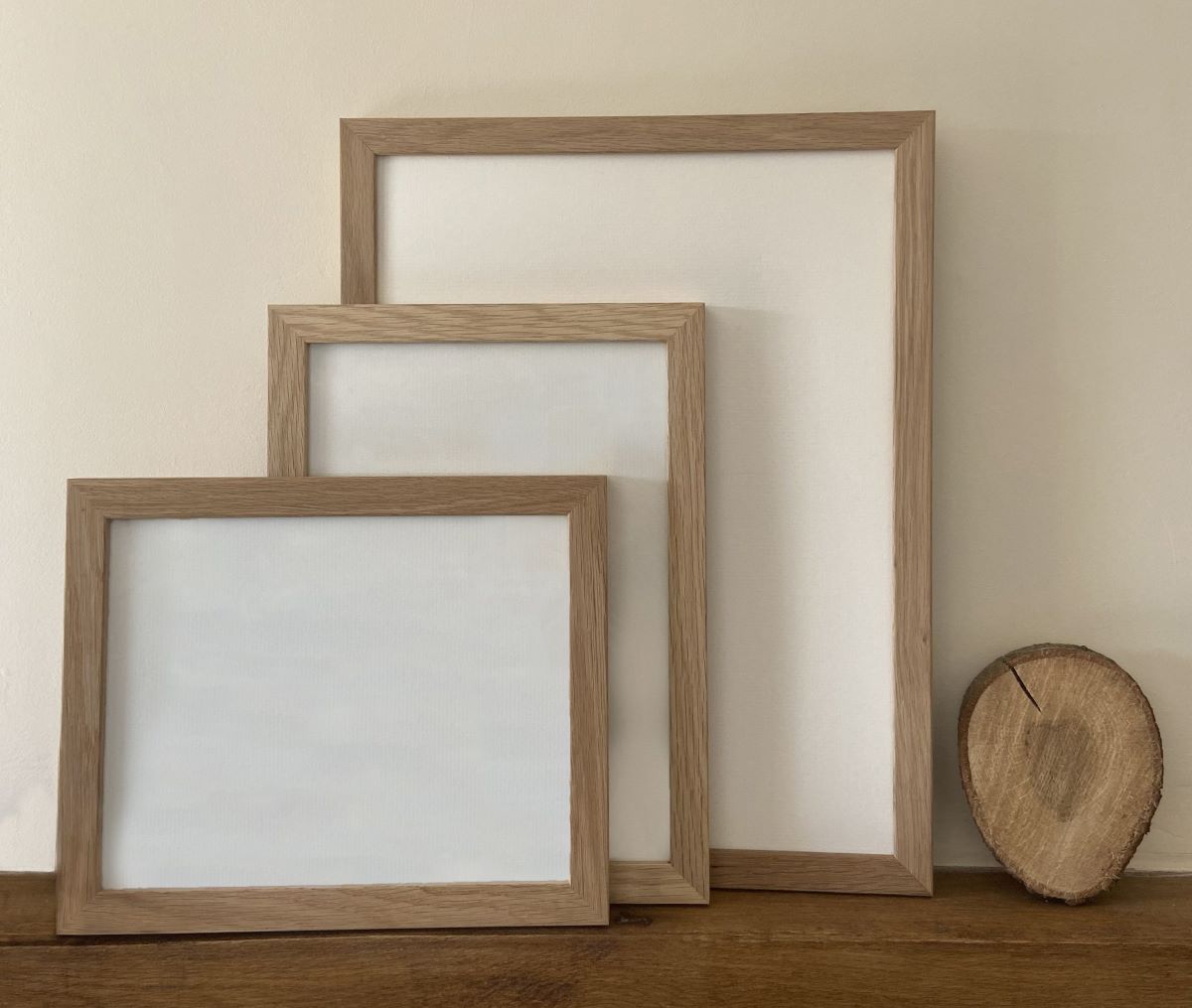
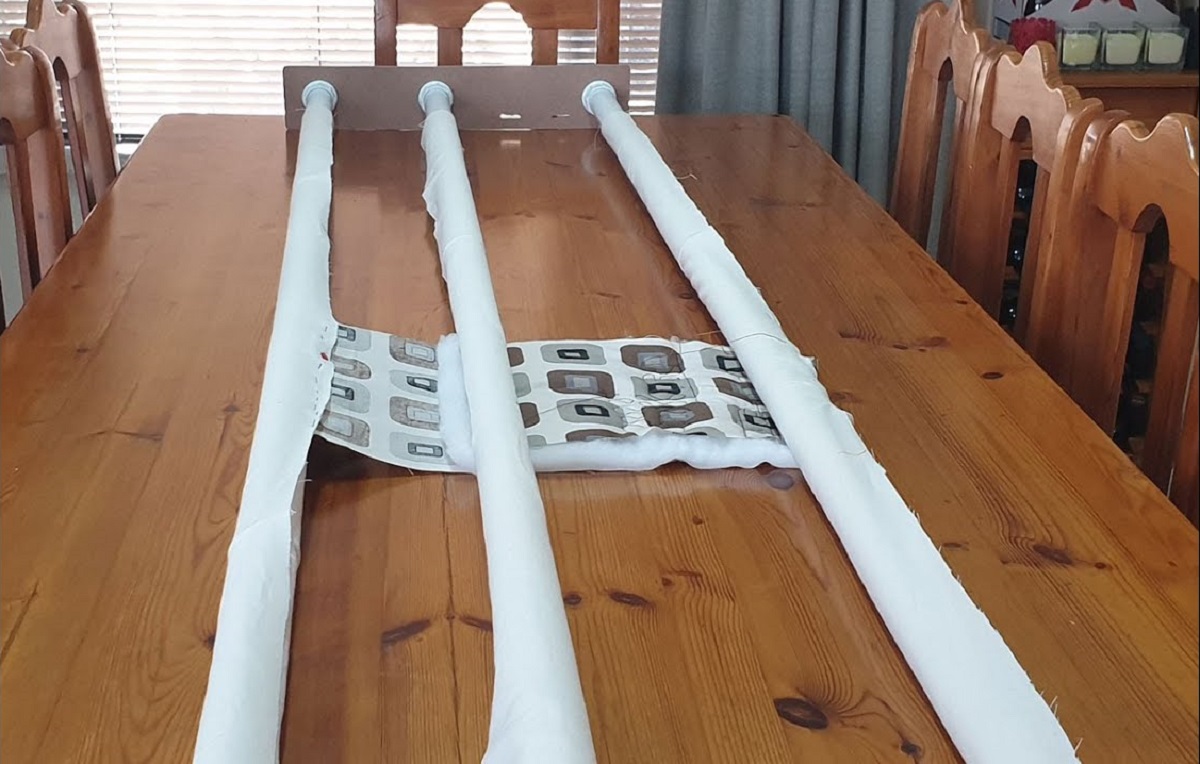
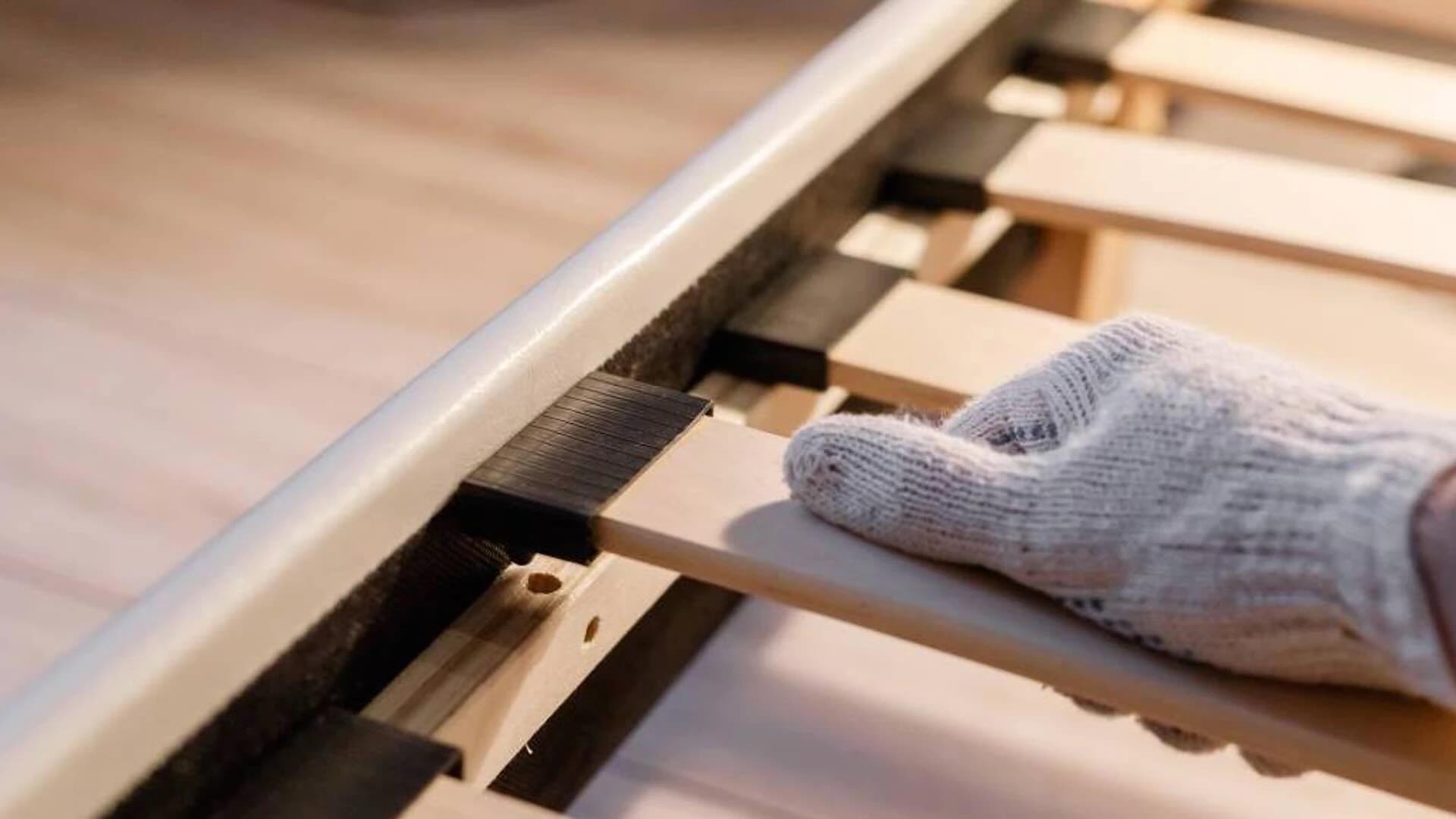
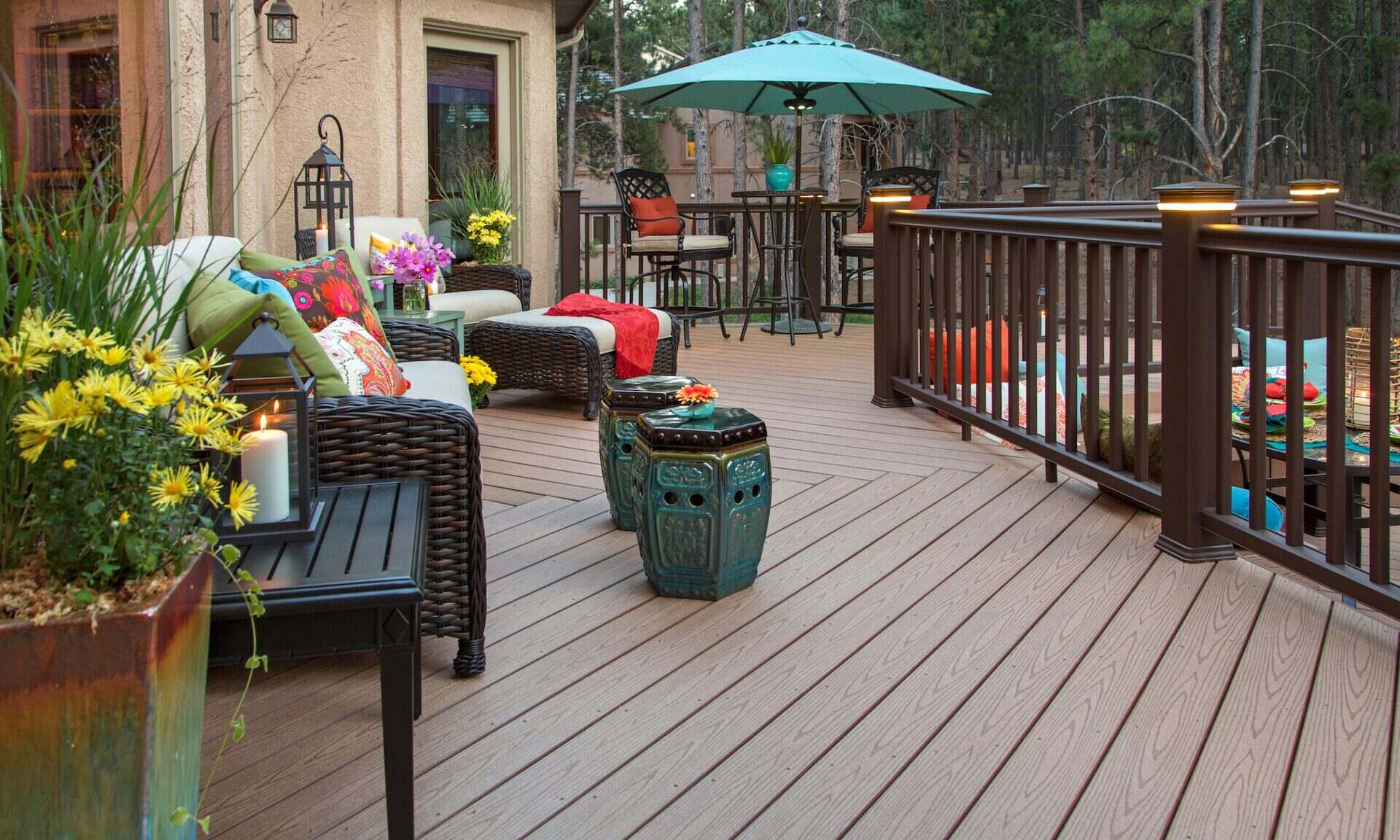

0 thoughts on “How To Frame An Outdoor Kitchen”